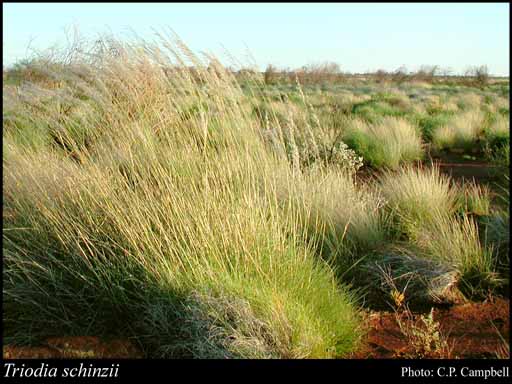Diversity and diversification of the Kimberley flora
The Kimberley region of Western Australia is the western-most region of the Australian Monsoon Topics (AMT), bordered by the Top end to the east, and the
Speakers
Event series
Content navigation
Description

The Kimberley region of Western Australia is the western-most region of the Australian Monsoon Topics (AMT), bordered by the Top end to the east, and the Pilbara / Great Sandy Desert bioregions to the south.
The region is generally believed to have been significantly impacted by arid phases of varying intensity since the mid-Miocene, resulting in the successive loss of much of its ancestral flora, concurrently invaded by Asian elements immigrating as Australia drifted northward. In addition to lineage loss due to aridity, and lineage gain via immigration, there is an apparent trend toward local speciation in the flora, especially in association with sandstone ranges. However, few studies have explicitly tested biogeographic hypotheses in the Kimberley flora.
I will re-evaluate endemicity in the Kimberley flora, explore biogeographic relationships with neighbouring regions, and examine some recent detailed Kimberley phylogeographic studies, with a focus on Triodia spinifexes (Poaceae), which show an unexpected diversity associated with sandstone ranges, including cryptic species, short-range endemism, and genetic isolation between adjacent range systems. The assessment of spinifex biodiversity is currently being extended using intron capture and other methods to explore speciation, introgression and hybridisation in this complex radiation in north-western Australia.
Location
Gould Seminar Room (Bldg 116), ANU

